51+ Sample Condominium (Condo) Rental Agreements
-

Condominium Lease Agreement
-
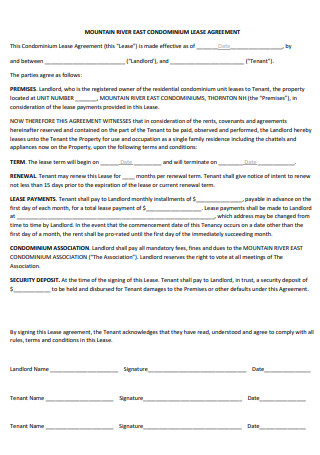
Mountain River East Condominium Lease Agreement
-
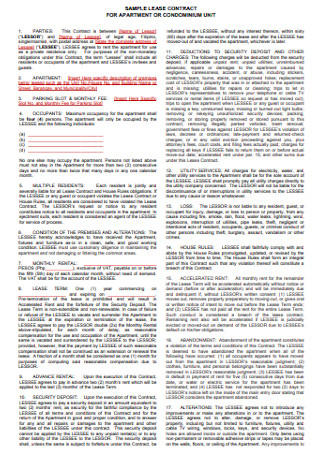
Lease Contract for Apartment or Condominium Unit
-
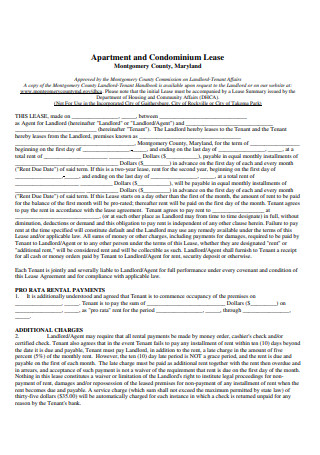
Apartment and Condominium Lease
-
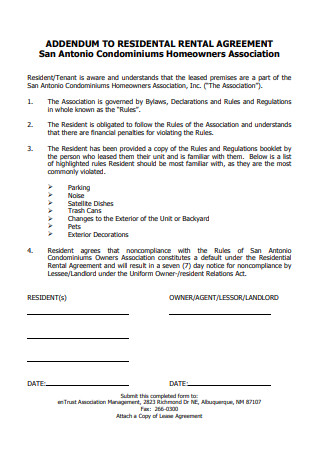
Rental Agreement San Antonio Condominiums Homeowners Association
-
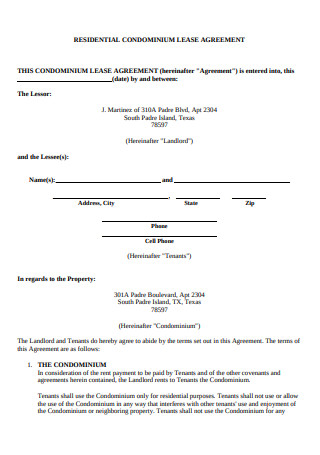
Residential Condominium Lease Agreement
-
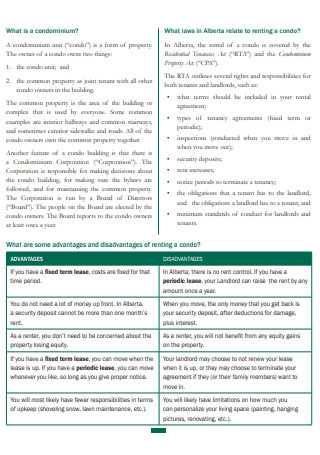
Renting Condominium
-
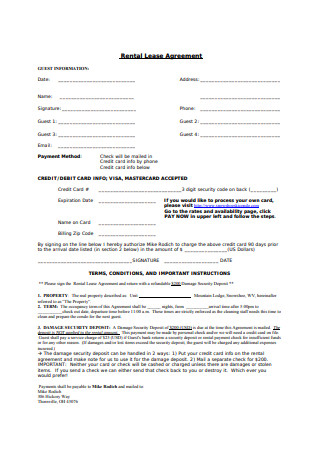
Mountain Lodge Rental Agreement
-
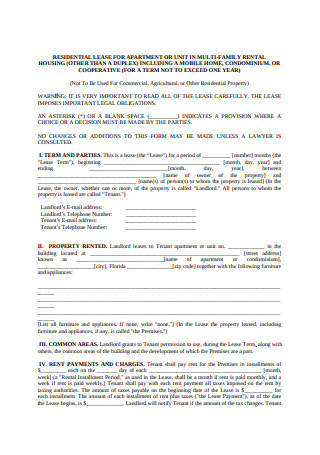
Residential Lease for a Apartment
-
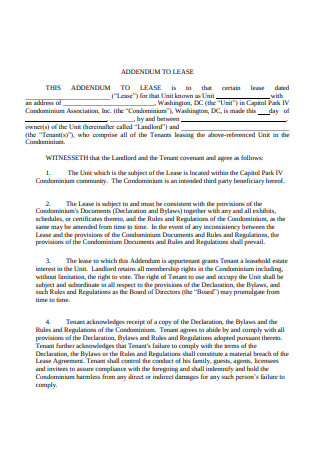
Addendum to Lease Condominium
-
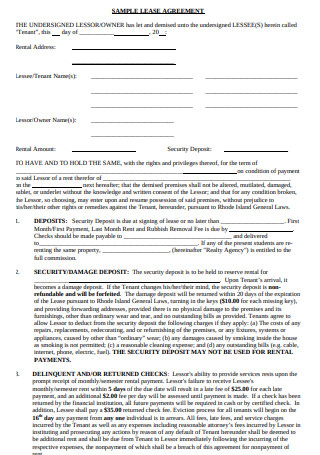
Sample Lease Agreement
-
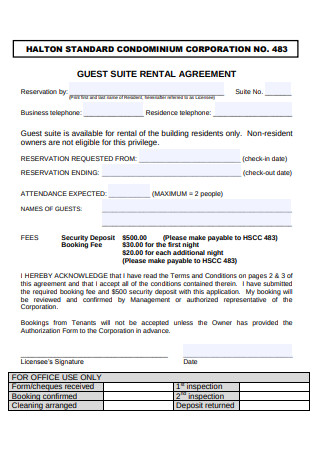
Standard Condominium Corporation
-
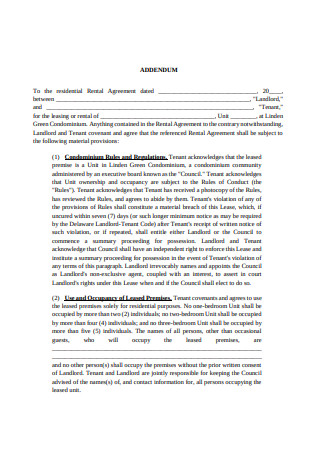
Condominium Rules and Regulation
-

Residential Rental Agreement
-
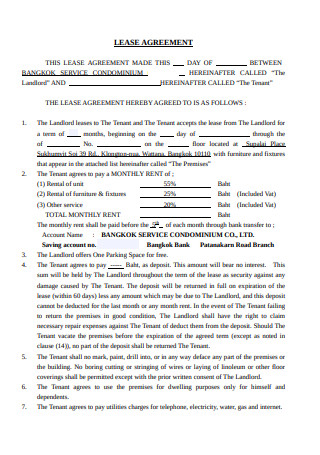
Lease Agreement of Condominium
-
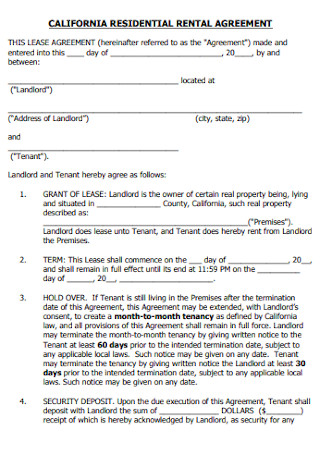
California Residential Rental Agreement
-
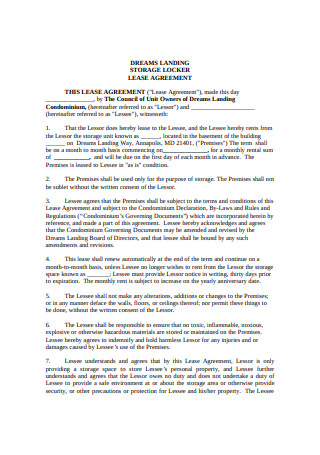
Storage Space Lease of Condominium
-
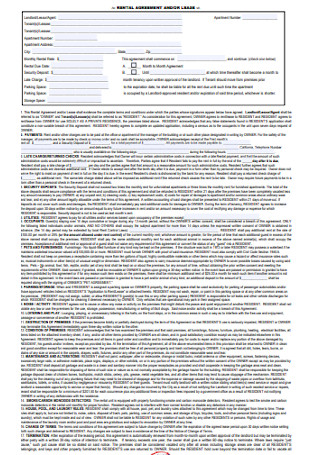
Rental Agreement and Lease
-

Rental Agreement and Lease for Apartment
-
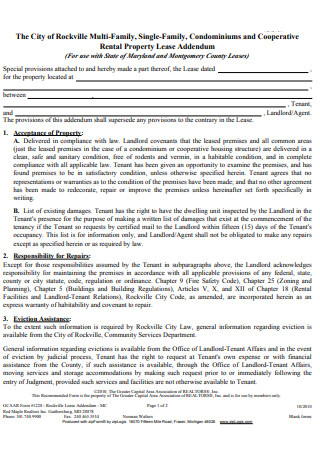
Multi Family and Single Family Condominiums
-
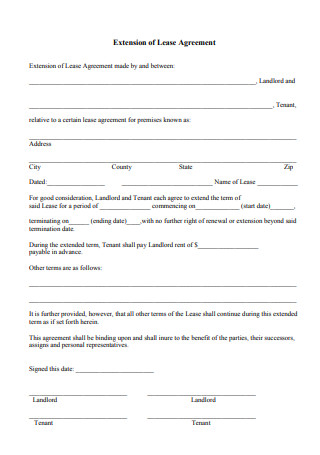
Extension of Lease Agreement
-
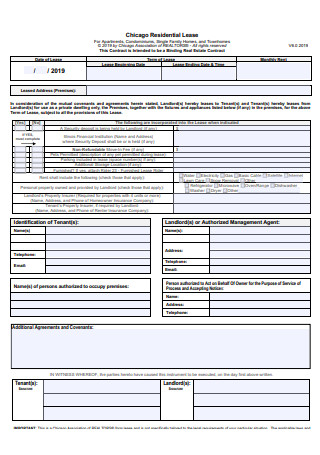
Chicago Residential Lease
-
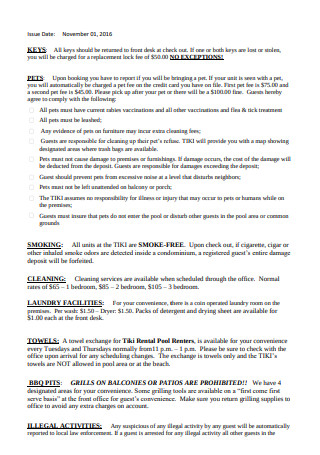
Texan Rental Agreement
-
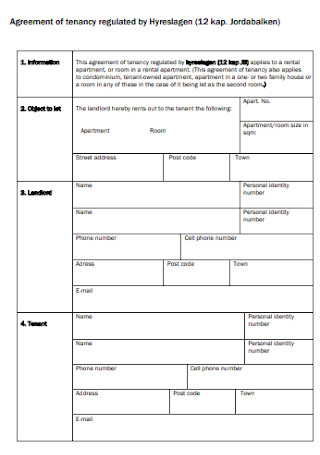
Agreement of tenancy regulated by Hyreslagen
-
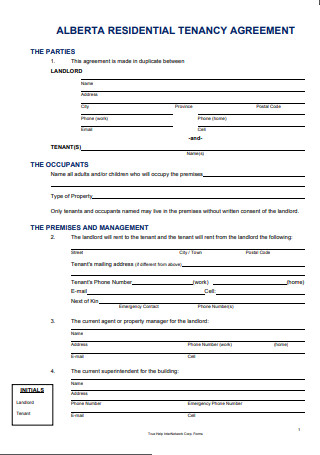
Alberta Lease Agreement
-
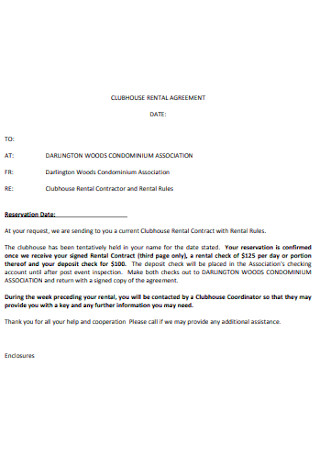
Club House Rental Agreement
-
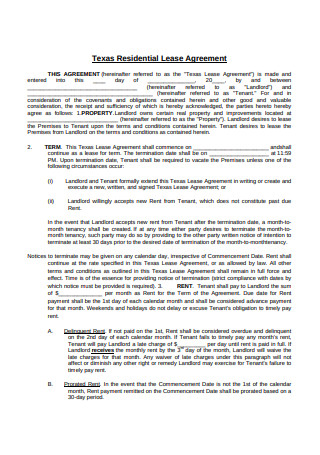
Texas Residential Lease Agreement
-
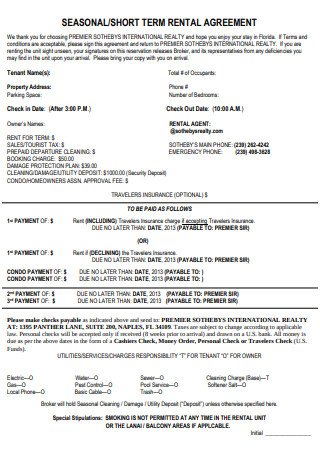
Seasonal and Short Term Rental Agreement
-
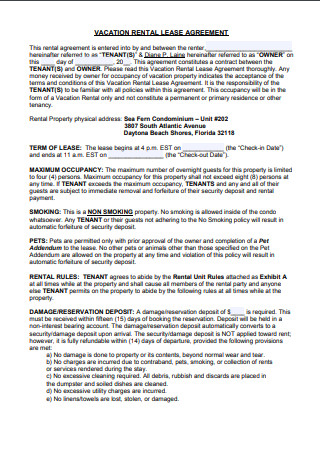
Vacation Rental Lease Agreement
-
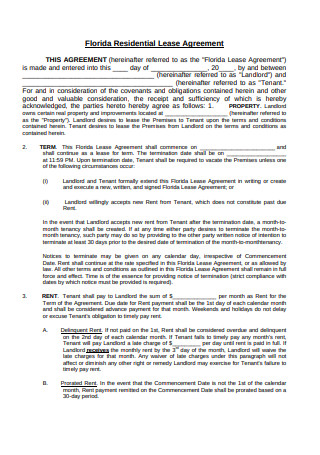
Florida Residential Lease Agreement
-

Rental Lease for Greentree Condominium Apartment
-
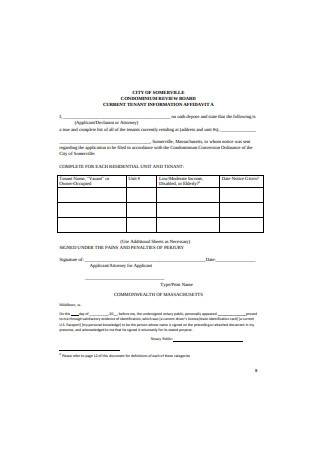
Condominium Conversion and Rental
-

Standard Residential Condominium Lease Agreement
-

Standard Residential Lease Agreement
-
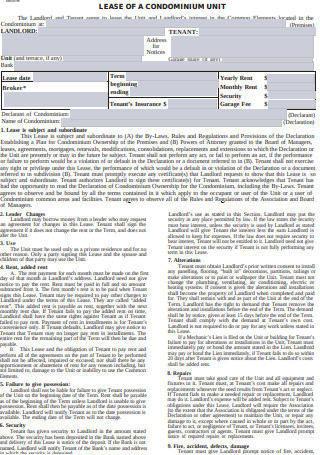
Lease of a Condominium Unit
-

Residential Rental Agreement Format
-
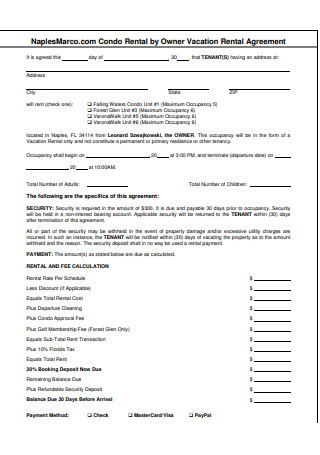
Condo Rental by Owner Vacation Rental Agreement
-
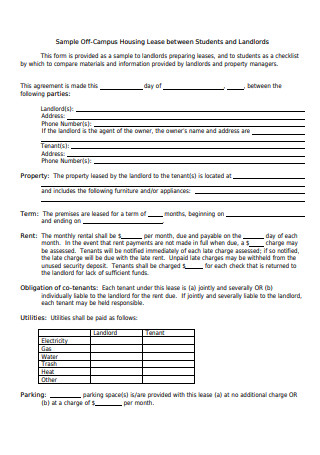
Off Campus Housing Lease between Students and Landlords
-
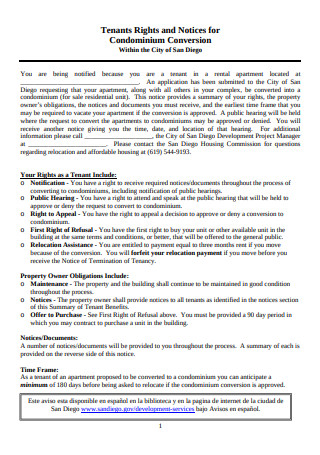
Tenants Rights and Notices for Condominium Conversion
-
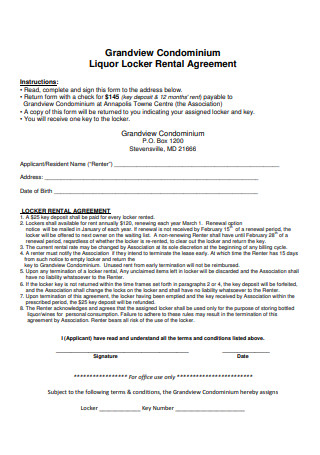
Grandview Condominium Liquor Locker Rental Agreement
-
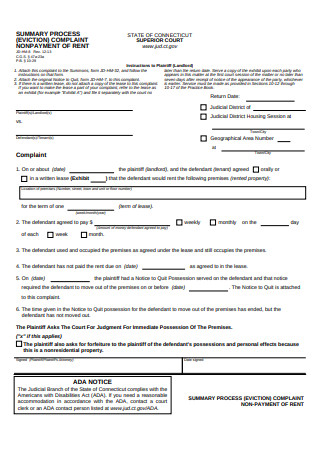
Responsibilities of Landlords and Tenants in Condominium
-
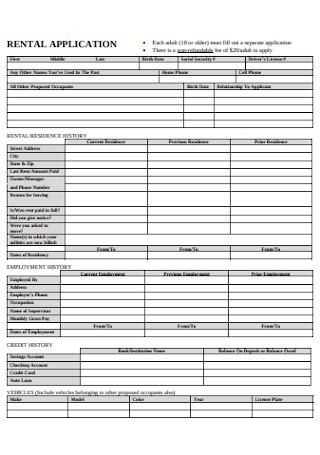
Rental Application Form
-
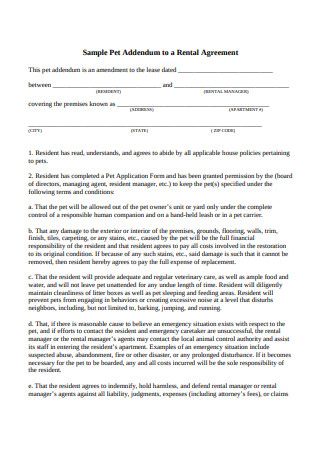
Sample Pet Addendum to a Rental Agreement
-
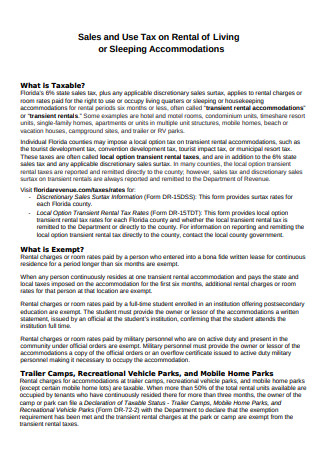
Sales and Rental of Living or Sleeping Accommodations
-
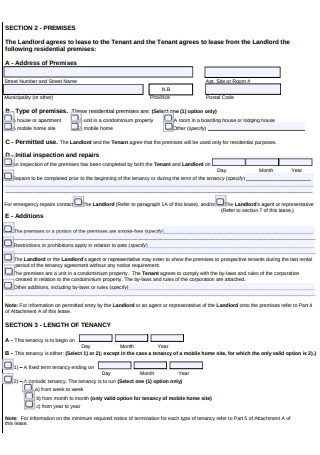
Residential Premises of Condominium
-
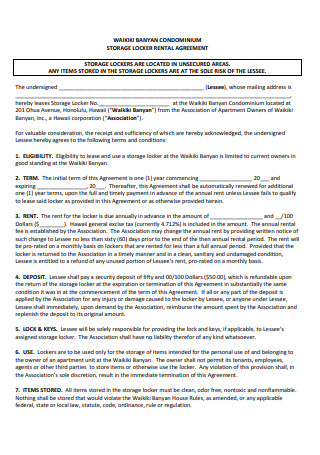
Condominium Storage Locker Rental Agreement
-
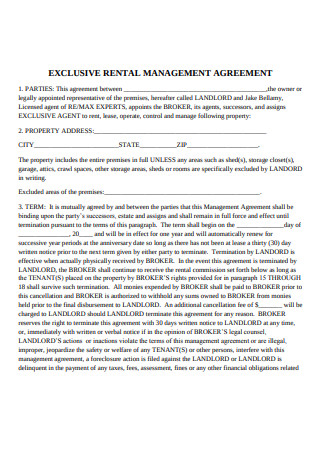
Exclusive Rental Management Agreement
-
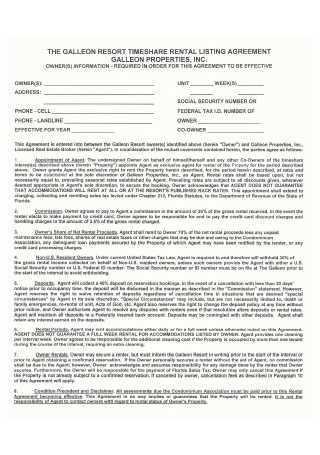
Time Share Rental Listing Agreement
-

Non Unit Owner Club House Rental Agreement
-
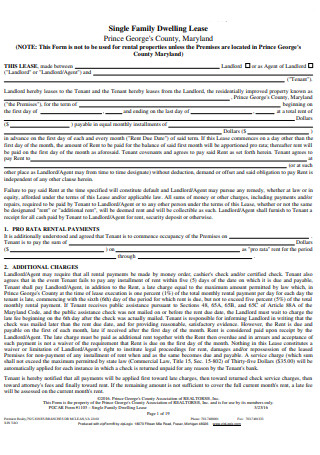
Single Family Dwelling Lease
-
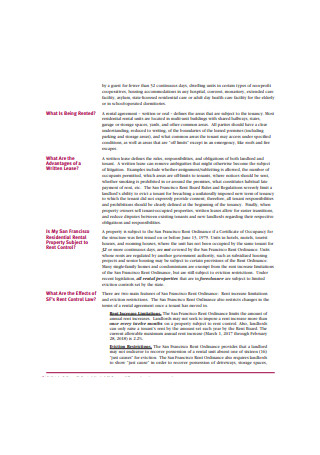
Landlord Tenant Issues in San Francisco
-
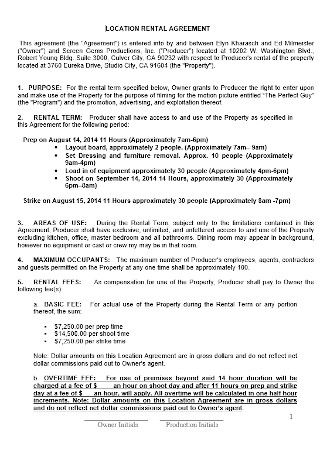
Condominium Location Rental Agreement
download now
FREE Condo Rental Agreement s to Download
51+ Sample Condominium (Condo) Rental Agreements
What Is a Condominium (Condo) Rental Agreement?
Basic Information Found in a Simple Condominium (Condo) Rental Agreement
9 Steps for Making the Best Condominium (Condo) Rental Agreement
Things to Consider When Making a Condominium (Condo) Rental Agreement
Advantages of Using a Condominium (Condo) Rental Agreement
Do’s and Don’ts for Drafting and Using a Detailed Condominium (Condo) Rental Agreement
Condominium (Condo) Rental Agreement FAQs
What Is a Condominium (Condo) Rental Agreement?
“The Apartment and Condominium Construction industry has experienced moderate growth over the five years to 2019.Overall, industry revenue is expected to grow at an annualized rate of 4.4% over the five years to 2019 to reach $39.2 billion. This includes a projected 2.2% boost in 2019.” (source: ibisworld) With the number of condominiums that are made from time to time, it is only necessary for condominium owners who plan to make their properties up for rent to be well-guided in terms of proper condominium rental transactions.
A condominium (condo) rental agreement, also known as condo lease agreement or condo rental form, is an essential document that should be created whenever a condominium unit will be rented by a tenant. Unlike residential rental agreement template samples that are commonly used during the rental of stand-alone residential properties, condominium rental agreements are created for the rental of smaller residential or living space that is within a building or a compound.
There is a “43% share of non-homeowners who can’t afford to buy a home.” (source: statista) This can potentially be one of the reasons why families and individuals decide to rent condominiums. It is imperative for a healthy tenant and landlord relationship to be built which is why you need to develop a comprehensive rental agreement before you allow a condominium rental transaction to take place. We suggest you to download our references, review these, and narrow down the guides that you truly need and will benefit from. Getting your hands on the best document development guides can be a relative advantage as you make a condominium (condo) rental agreement.
Basic Information Found in a Simple Condominium (Condo) Rental Agreement
Aside from the approval letters for rental application that you will develop once you already want to accept a prospective tenant, it is also important for you to create a condominium (condo) rental agreement document that can formally set the actual agreement with regards particular items about the rental transaction between you and the person who will rent your condominium. With this, you have to be familiar with the usual or standard details that are seen in a simple condominium (condo) rental agreement. To guide you with the proper identification of your rental agreement’s content, here is a list of the basic details or information that are found in an effective condominium (condo) rental agreement:
9 Steps for Making the Best Condominium (Condo) Rental Agreement
You have to make sure that the rental agreement format template that you will select and use as a formatting reference can enable you to present all the necessary information that should be clearly understood by all entities involved in the condominium rental transaction and agreement. The proper formatting and layout placement of these items should also be prioritized if you want to have an excellent output. You can develop your own rental agreement creation procedure or you can also follow a simple process that is already tried and tested. Below are nine steps that you can easily follow if you want to effectively make the best condominium (condo) rental agreement.
Things to Consider When Making a Condominium (Condo) Rental Agreement
You can include details about the usage of a move-in/move-out inspection checklists in the specifications that can be observed in the condominium (condo) rental agreement that you are making. The entire content of your rental agreement, including additional details like the one specified above, is based on the factors and variables that you have considered within the entire development process of the specified document. With this, you have to closely review and observe a number of elements that can result to the potential successes of your condominium (condo) rental agreement, or the lack thereof. Here are some of the things that you have to consider when making a condominium (condo) rental agreement:
Advantages of Using a Condominium (Condo) Rental Agreement
Are you still pondering if you really need to develop a condominium (condo) rental agreement before you accept a tenant for your condo unit? We suggest you to be strong involved with the development of the specified document as you have to be aware of its content and ways of usage. One thing that can help you be inspired or motivated during the creation of the particular rental agreement is the identification of the benefits that you can receive, get, and experience once your final output is already materialized. The advantages of using a condominium (condo) rental agreement include the following:
Do’s and Don’ts for Drafting and Using a Detailed Condominium (Condo) Rental Agreement
If you plan to execute condo sharing or let people who do not know each other rent and share your condominium space, you can give them an idea to create a room rental (roommate) agreement with the help of a roommate rental agreement form template. Even if you are not directly involved with the creation and implementation of a roommate agreement, having tenants who understand and respect one another can give you one less of a concern. You have to know how to incorporate these strategies in your condominium (condo) rental agreement’s creation so you can maximize the potential and actual usage of the document. Do you want to have an idea about more tips and guidelines aligned with the subject matter? Some of the do’s and don’ts for drafting and using a detailed condominium (condo) rental agreement are as follows:
Condominium (Condo) Rental Agreement FAQs
A condominium (condo) rental agreement takes time to be conceptualized, created, and finalized. Aside from properly using your time and exerting your fullest efforts, it is also important for you to remember that it will bring you no harm if you will be open to asking reasonable and relevant questions. Are there any items that you would like to ask with regards a rental agreement for condominiums? Two questions that are frequently asked about condominium (condo) rental agreements are listed and answered in the discussion below.
How can you create a comprehensive condominium (condo) rental agreement?
If you have a condominium unit that you would like to lease, it is important for you to find the right tenant that can respect and honor the condominium (condo) rental agreement that you have created. The alignment of you and your tenant’s expectations for the rental transaction can actually begin with the usage of an outstanding condominium (condo) rental agreement. For you to create a comprehensive rental agreement for your condo, use a checklist or an outline that can enable you to compile all the information that you want to include in the document. Having organization tools can make it easier for you to organize your thoughts, plan your discussion flow, and present all the details that can make your condominium (condo) rental agreement as comprehensive as possible.
Why do you need to make a condominium (condo) rental agreement?
You need to make a condominium (condo) rental agreement as having the specified document on-hand can make it easier for the owner of the property to relay all the necessary information, especially those that are aligned with the rules and regulations of the property, to the tenant. Using a condominium rental agreement can let you promote understanding between both parties which is essential when it comes to establishing trust and respect. A clear and transparent condominium (condo) rental agreement can result to a lasting tenant and landlord relationship.
Have you already made up your mind when it comes to the development of a condominium (condo) rental agreement? Make sure that you have the right references and guides on-hand as you try to make this important document used for condo rentals. Maximize the usage of our templates and samples so you can properly and appropriately create a high-quality condominium (condo) rental agreement on your own.
